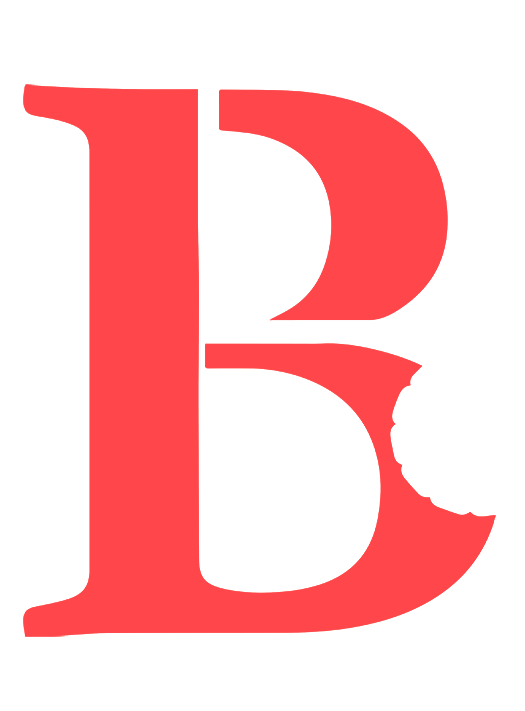Exploring the Dynamic Landscape of Paid Media in Digital Marketing.
Introduction:
In the rapidly evolving world of digital marketing, paid media has become an integral part of advertising strategies. As businesses strive to reach their target audience effectively, the plethora of options available for paid media campaigns can be overwhelming. In this blog post, we will explore some of the most effective options for paid media in digital marketing and delve into their unique advantages and applications.
1. Paid Social Media: Harnessing the Power of Social Networks
Social media platforms like Facebook, Instagram, Twitter, and LinkedIn offer excellent business opportunities to connect with their audience. With paid social media advertising, brands can amplify their reach, engage with potential customers, and drive conversions. These platforms provide sophisticated targeting choices, allowing advertisers to segment their audience based on demographics, interests, behaviors, and more.
Facebook and Instagram, in particular, offer a comprehensive suite of advertising formats, including image, video, carousel, and collection ads. With robust targeting capabilities and a vast user base, paid social media campaigns can generate brand awareness, increase website traffic, and drive lead generation.
2. Pay-Per-Click (PPC) Advertising: Driving Targeted Traffic
Pay-Per-Click advertising, such as Google AdWords and Bing Ads, enables businesses to display ads prominently in search engine results pages (SERPs) when users search for specific keywords. Advertisers pay only when users click on their ads, making PPC an efficient way to drive targeted website traffic.
Google AdWords offers extensive features, including keyword targeting, ad extensions, re-marketing, and audience targeting. It allows businesses to reach potential customers at various stages of the buying journey and capture their attention when actively searching for products or services.
Bing Ads, while having a smaller audience share, can still be valuable for reaching specific demographics or targeting users who may not exclusively use Google. The platform offers features similar to AdWords, presenting a cost-effective alternative for some businesses.
3. Display Advertising: Creating Brand Awareness and Engagement
Display advertising involves placing visual ads on websites, mobile apps, or other digital platforms to create brand awareness and engagement. It offers a broad reach and can effectively target specific demographics or niche audiences. Within display advertising, several options exist:
a. Contextual Advertising: Contextual ads are displayed based on the web page's content, targeting users interested in specific topics. This approach ensures ads are relevant to users' interests, increasing the likelihood of engagement.
b. Retargeting: Retargeting, also known as re-marketing, allows businesses to show ads to users who have visited their website previously or interacted with their brand. By displaying tailored ads to these warm leads, companies can reinforce their message, nurture leads, and increase conversions.
c. Geo-Fencing Campaigns: Geo-fencing involves targeting users within a specific geographic area. Advertisers can deliver ads to users who enter predefined virtual boundaries, allowing for localized marketing campaigns or targeting users at particular events or locations.
4. Native Advertising: Seamlessly Integrating with Content
Native advertising aims to deliver ads that blend seamlessly with the user experience of a particular platform. Rather than appearing as intrusive interruptions, native ads match the form and function of the content surrounding them. They can be found in social media feeds, recommended content sections, or within articles.
Native ads offer a non-disruptive way to engage with users, as they align with the platform's design and user experience. By providing valuable and relevant content, native ads have the potential to generate higher engagement and drive brand affinity.
5. Influencer Marketing: Leveraging the Power of Influence
Influencer marketing has gained immense popularity in recent years. Brands collaborate with influential individuals or content creators, often on social media platforms, to promote their products or services. Influencers have dedicated and engaged followings, making them powerful vehicles for reaching and influencing their audience.
When partnering with influencers, brands can tap into their authenticity and credibility, allowing for more personalized and trusted recommendations. Influencer marketing can be particularly effective for reaching niche audiences or targeting specific demographics that align with an influencer's followers.
Conclusion:
The world of paid media in digital marketing offers diverse options for businesses to connect effectively with their target audience. From paid social media campaigns to PPC advertising, display advertising, native advertising, and influencer marketing, each avenue presents unique advantages and applications.
Understanding the strengths and nuances of these paid media options is essential for crafting successful digital marketing strategies. By leveraging the right mix of channels, businesses can drive brand awareness, engage with their audience, generate targeted traffic, and ultimately achieve their marketing goals in the digital landscape.
Remember, the key to successful paid media campaigns lies in thorough planning, strategic targeting, compelling creative content, and continuous optimization to maximize results and return on investment.
